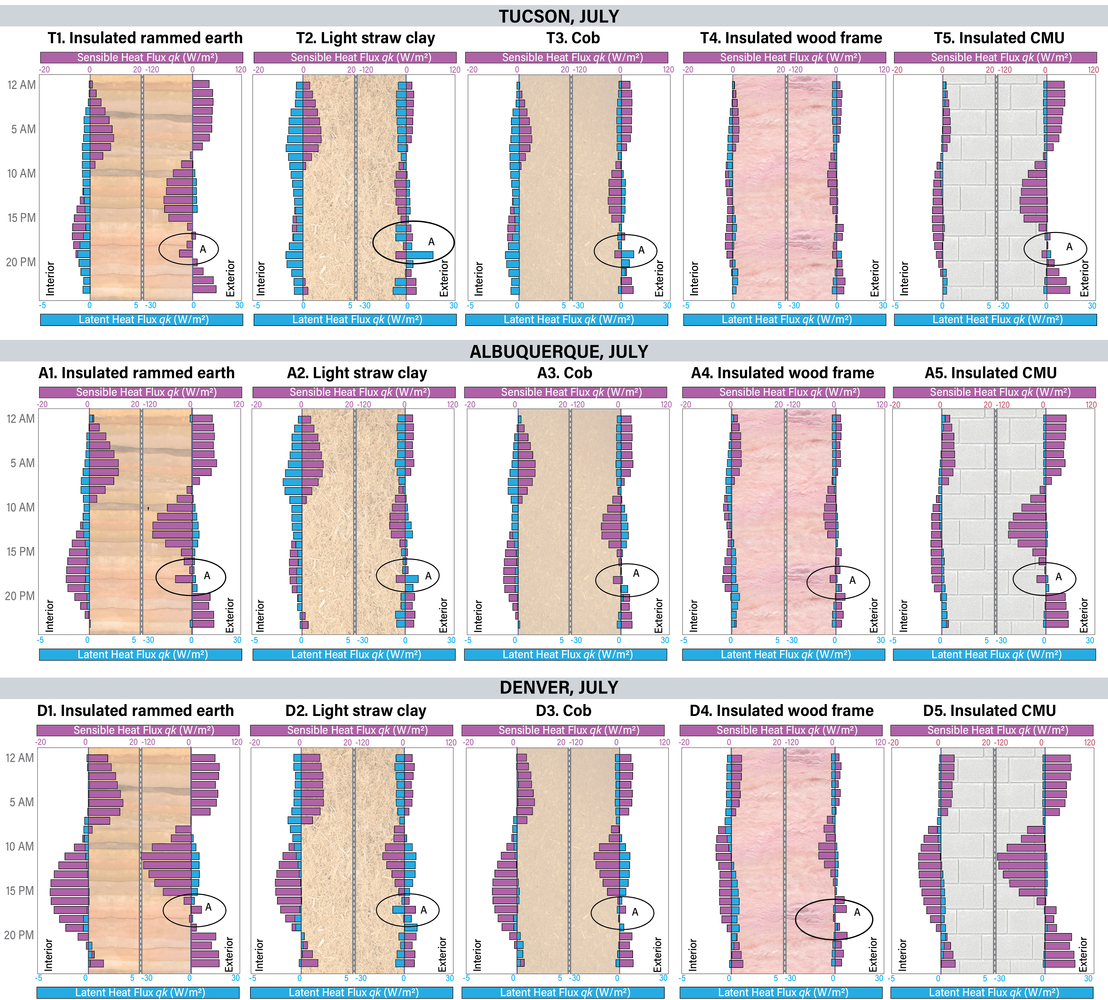A
AIA CES Credits
AV Office
321M Fayerweather Hall
Abstract Publication
415 Avery Hall
Academic Affairs
400 Avery Hall
Academic Calendar, Columbia University
Academic Calendar, GSAPP
Admissions Office
407 Avery Hall
1172 Amsterdam Avenue
New York, New York 10027
Advanced Standing Waiver Form
Must be printed and returned to 400 Avery Hall
Alumni Board
Alumni Office
405 Avery Hall
1172 Amsterdam Avenue
New York, New York 10027
Architecture Studio Lottery
Assistantships
Avery Library
300 Avery Hall
1172 Amsterdam Avenue
New York, NY 10027
Avery Review
Avery Shorts
B
Black Student Alliance at Columbia GSAPP
Building Science & Technology Waivers
Bulletin Archive
C
Career Services
300M Avery Hall
Columbia Books on Architecture and the City
Commencement
Communications Office
415 Avery Hall
Conversations podcast
Counseling and Psychological Services
Courses
Credentials Verification
Credit Transfer
Cross Registration
D
Dean’s Letter
Dean’s Office
402 Avery Hall
1172 Amsterdam Avenue
New York, NY 10027
Development Office
404 Avery Hall
Directory of Classes (All Columbia University)
Disability Services
Dodge Fitness Center
3030 Broadway Dodge
Dual Degree Program Requirements
E
End of Year Show
Events Office
415 Avery Hall
External Funding Sources
F
Faculty Directory
Feedback
Finance Office
406 Avery Hall
Fitch Colloquium
Future Anterior Journal
G
GSAPP Community Fellowship Program
GSAPP Emergency Fund
GSAPPX+
Grades
Graduation
Graphics Project
H
Honor System
Human Resources
Hybrid Pedagogy Resources
I
IT Helpdesk Ticket, GSAPP
IT Office, GSAPP
IT, Columbia University (CUIT)
Identity
Incubator Prize
International Students and Scholars Office (ISSO)
N
News and Press Releases
Newsletter Sign Up
Non-Discrimination Statement and Policy
O
Onera Prize for Historic Preservation
Online Admissions Application
GSAPP Admissions 407 Avery Hall
Output Shop
116 Avery Hall
1172 Amsterdam Avenue
New York, NY 10027
Ownership of Student Work Policy
P
Paris Prize, Buell Center
Paul S. Byard Memorial Lecture Series
Percival & Naomi Goodman Fellowship
Plagiarism Policy
Policies & Resources
Press Releases
Publications Office
415 Avery Hall
1172 Amsterdam Avenue
New York, New York 10027
R
Registration
Registration: Add / Drop Form
Room Reservations
S
STEM Designation
Satisfactory Academic Progress
Scholarships
Skill Trails
Student Affairs
400 Avery Hall
Student Awards
Student Conduct
Student Council (All Programs)
Student Financial Services
Student Health Services at Columbia
Student Organization Handbook
Student Organizations
Student Services Center
205 Kent Hall
Student Services Online (SSOL)
Student Work Online
Studio Culture Policy
Studio Procedures
Summer Workshops
Support GSAPP
THERMAL COMFORT AND SURVIVABILITY
In recent decades, international standards that define energy requirements are based on the notion that thermal comfort is achieved in uniform and steady-state environments, increasingly created within sealed building envelopes that lack any connection to outdoor thermal variability, a necessity for human well-being. These sealed excessively energy consuming environments feed our addiction to air-conditioning and excessive over-cooling.
But, there is a different path that can reduce energy while improving comfort. Recent research suggests that thermal perception and comfort are more than a deterministic heat balance and that positive thermal experiences can be created from more energy-conserving and dynamic fluctuations in temperatures, air flow, radiant, and humidity conditions. This physiological phenomenon is called thermal alliesthesia: the sensory pleasure arising from transient or contrasting thermal experiences.
Our lab employs thermal alliesthesia (pleasure) concepts that were shown to inspire a more coherent understanding of occupant comfort requirements. As an emerging paradigm, thermal alliesthesia research challenges the thermal monotony that has become the status quo in the built environment by promoting non-uniform and dynamic thermal strategies such as personal environmental control systems and transient thermal environments.
We test innovative thermal design strategies that reduce the need for heavily engineered and thermally static indoor climates, thus leading to improvements in energy efficiency and occupants’ adaptive comfort and resilience. Most importantly, we foster thermal adaptivity that can shape policies and strategies for livelihood diversification and social capital that increase climate response capacity among communities that depend on natural resources.
Publications and Events







